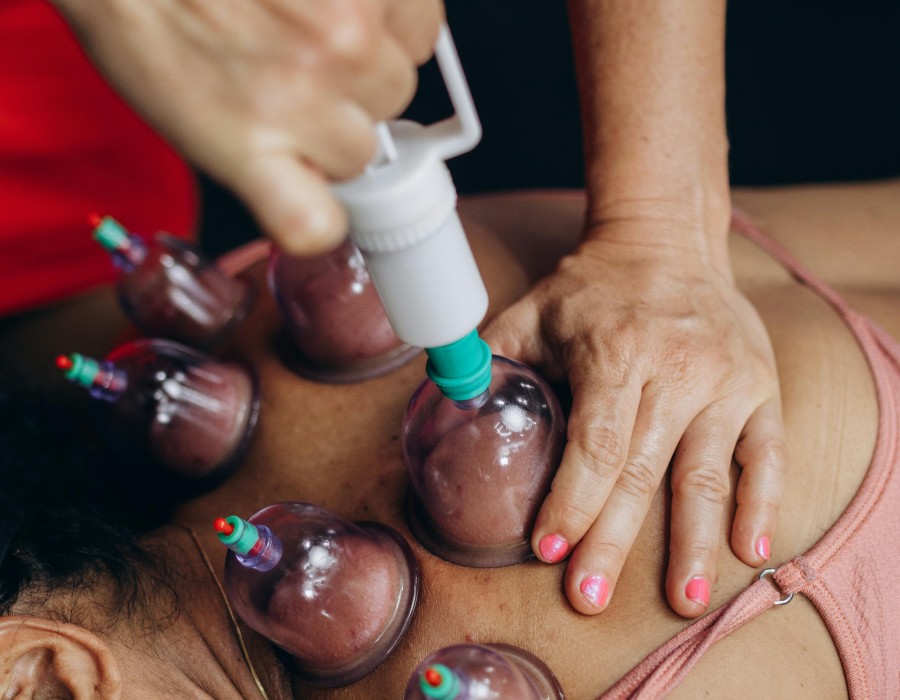The process of hijama, also known as cupping, involves creating suction on the skin to improve blood flow and promote healing. It's a traditional therapy practiced in many cultures, particularly in the Middle East and South Asia. Here's a detailed breakdown of the steps involved in hijama:
Preparation
- Consultation: Before the procedure, you'll typically have a consultation with a trained hijama practitioner. They will discuss your health history, symptoms, and goals.
- Hygiene: The practitioner will ensure a clean and sanitized environment for the procedure.
- Relaxation: You may be asked to relax and clear your mind to prepare for the treatment.
Cupping
- Cup Placement: The practitioner will place the cups on specific points on your body, often based on traditional knowledge or your individual needs.
- Suction Creation: The cups are typically made of glass or bamboo. They are heated and placed on the skin, creating a vacuum effect that draws blood to the surface.
- Cupping Duration: The cups are left in place for a predetermined amount of time, often ranging from a few minutes to half an hour.
- Cup Removal: Once the desired time has passed, the cups are removed, sometimes with a popping sound.
Post-Cupping Care
- Rest: After the procedure, it's recommended to rest for a while to allow your body to adjust.
- Hydration: Drinking plenty of water is important to help flush out toxins and promote healing.
- Avoid Certain Activities: For a short period after hijama, you may be advised to avoid strenuous activities or exposure to extreme temperatures.
- Follow-Up: Your practitioner may schedule a follow-up appointment to assess your progress and discuss any necessary adjustments.
Types of Hijama
There are different types of hijama, including:
- Dry Cupping: This involves creating suction with the cups without making any incisions.
- Wet Cupping: In wet cupping, small incisions are made on the skin before applying the cups, allowing for the release of blood.
Benefits of Hijama
Hijama is believed to offer various benefits, including:
- Pain Relief: It may help alleviate pain associated with conditions like arthritis, headaches, and muscle tension.
- Improved Blood Circulation: By drawing blood to the surface, hijama can help improve blood flow and oxygenation.
- Detoxification: Some people believe that hijama can help remove toxins from the body.
- Stress Reduction: It may promote relaxation and reduce stress.
Important Considerations
- Consult a Healthcare Professional: Before undergoing hijama, it's advisable to consult with a healthcare professional, especially if you have underlying health conditions.
- Certified Practitioner: Ensure that you choose a qualified and certified hijama practitioner.
- Individual Results: The effectiveness of hijama can vary from person to person.
Please note that hijama is a complementary therapy and should not be considered a substitute for conventional medical treatment. If you have any concerns or questions, it's best to consult with a healthcare professional.





Comments